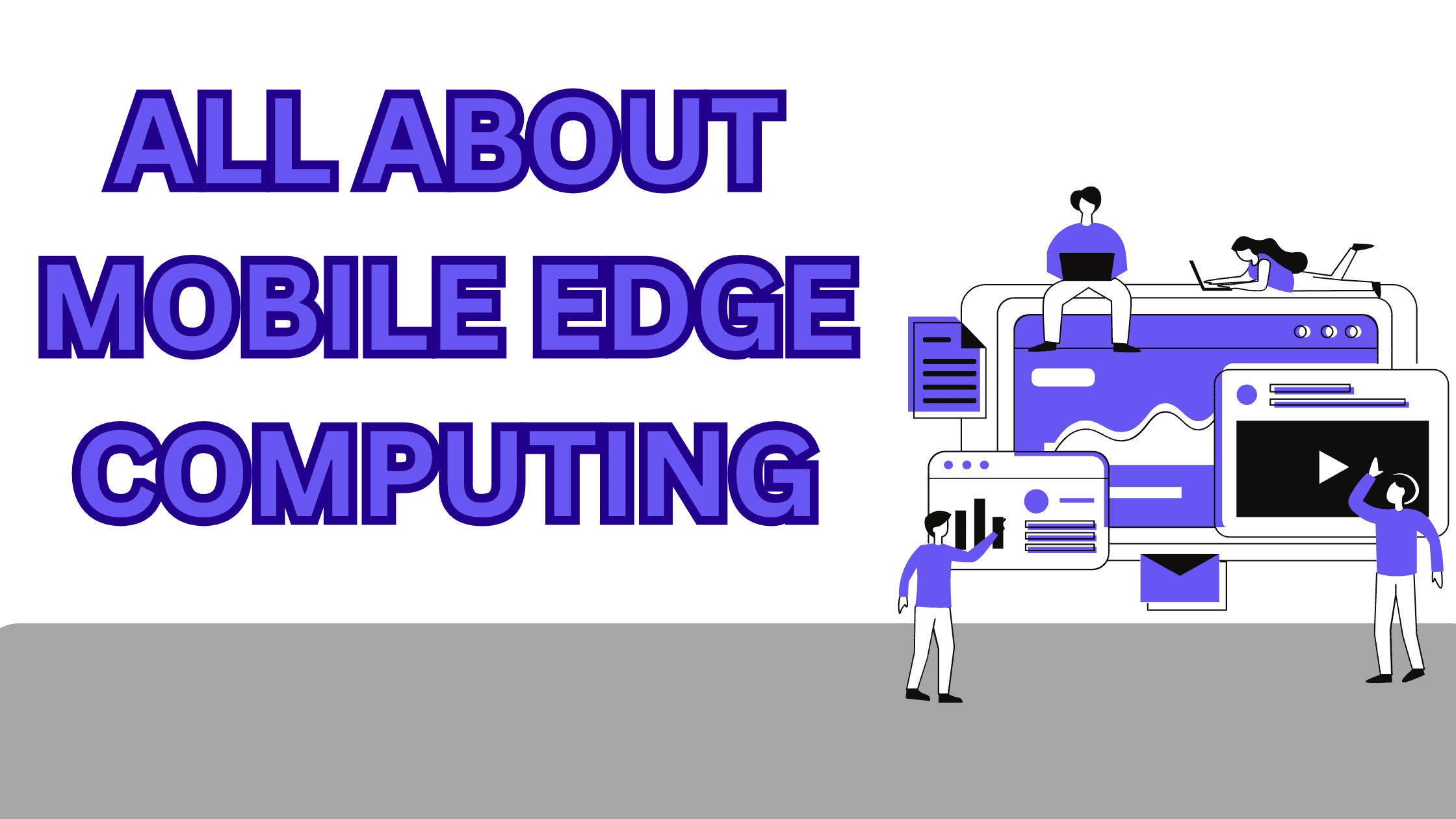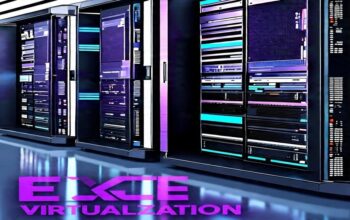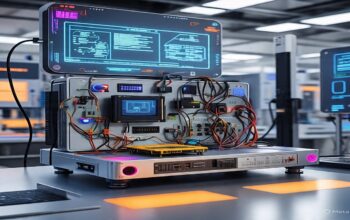Covered Contents
ToggleIntroduction
With mobile devices and smart technologies in this modern world, data generation and usage amount to several million GB every second. To deal with this efficiently and quickly, an approach that has gained momentum and acceptance is Mobile Edge Computing, but what’s MEC? Let’s break it down.
What is Mobile Edge Computing?
Mobile Edge Computing, or MEC, is a data-processing technique closer to where data generation happens. Instead of processing all data in the cloud servers located far away, data processing happens locally on devices closer to the origin “edge” of the network. For instance, the edge may include a close data center, a base station, or even a mobile device.
The term “edge” means the physical location at which data is either created or consumed. MEC reduces the processing time for data and the time to provide results. This makes it an excellent application for systems requiring immediate responses, such as gaming, autonomous vehicles, and healthcare monitoring.
How Does Mobile Edge Computing Work?
MEC takes advantage of a distributed network of tiny data centers near the source of the data. This is the step-by-step process:
Data is produced by gadgets like cameras, IoT sensors, and smartphones.
Instead of sending this data to the centralized cloud server, it goes to the nearest edge server.
The edge server then processes the data locally and sends the necessary results back to the device.
This minimizes the time and resources consumed by data transfer.
MEC localizes data processing, which enhances speed and decreases reliance on distant servers.
Key Features of Mobile Edge Computing
MEC has some unique characteristics that make it different from others:
Low Latency:
It reduces delay because of localized data processing.
Faster Responses:
Applications such as AR/VR and real-time gaming benefit from instant processing.
Enhanced Security:
Localized data processing minimizes the risk of breaches while transferring data.
Efficient Bandwidth Usage:
Since data is now processed at the edge of the networks, MEC lessens the data that has to travel over the networks.
Why is Mobile Edge Computing Important?
Growing demand for fast and reliable digital services makes MEC a necessity. Here are some key reasons why it matters:
Data Traffic is Increasing:
With the rise of IoT and smart devices, the amount of data generated is skyrocketing. MEC handles this data efficiently.
Real-Time Applications:
Applications like autonomous vehicles, remote surgery, and gaming demand real-time data processing that MEC supports.
5G Support:
MEC is designed to support 5G networks, with ultra-fast, low-latency communication.
CHECK IT:
How 5G Will Transform Your Life by 2025
Cost-Effective Solutions:
MEC saves resources and reduces costs by avoiding central cloud processing.
Applications of Mobile Edge Computing
MEC is revolutionizing industries due to its extensive applications. A few examples are as follows:
Autonomous Cars:
MEC allows vehicles to perform real-time analysis of sensor data for driving and safety purposes.
Smart Cities:
MEC helps traffic lights, surveillance cameras, and other systems within cities to work seamlessly.
Healthcare:
The analysis of patient data at remote monitoring devices happens more quickly.
AR/VR:
Gaming and other virtual experiences become less laggy.
Industrial Automation:
Predictive maintenance and real-time monitoring occur with the help of MEC in factories.
Advantages of Mobile Edge Computing
The benefits of using MEC for users and organizations include
Improved Performance:
The faster processing gives a better user experience.
Reduced Network Congestion:
It frees up network bandwidth through local processing.
Scalability:
MEC supports the growing number of IoT devices.
Energy Efficiency:
It uses less energy by reducing data transmission.
Challenges of Mobile Edge Computing
Although MEC has numerous benefits, it also has some challenges:
Infrastructure Costs:
The setting up of local edge servers can be expensive.
Security Concerns:
While MEC enhances security, edge devices are still vulnerable to attacks.
Integration Challenges:
Merging MEC with the existing cloud infrastructure is challenging.
Mobile Edge Computing and 5G
MEC and 5G are complementary. Faster connectivity is provided by 5G, while the processing of data is rapid and efficient through MEC. Together, they enable technologies such as:
Smart factories:
Connected healthcare systems.
Real-time analytics for businesses:
CHECK IT: How 5G Will Transform Your Life by 2025
The Future of Mobile Edge Computing
More and more devices will come online, and therefore, MEC will see further growth. Technologies emerging nowadays, such as AI, would rely on MEC for real-time decisions, and the transport, healthcare, and entertainment industries continue to take advantage of its developments.
CHECK IT:
5 Jobs That AI Can’t Replace and Why They Are Safe
Conclusion
Mobile Edge Computing is changing the way we process and use data. It reduces delays and enhances user experiences by bringing computing closer to the source. As technology evolves, MEC will play a crucial role in shaping the future of digital services.
FAQs about Mobile Edge Computing
1. What is the main purpose of Mobile Edge Computing?
To process data locally for faster responses and reduced latency.
2. How is MEC different from cloud computing?
MEC executes data closer to the users, while cloud computing performs its tasks on distant servers.
3. Is MEC only for mobile?
No, it supports all devices ranging from IoT sensors to industrial equipment.



6 thoughts on “What is Mobile Edge Computing? Let’s Explore How It Works!”